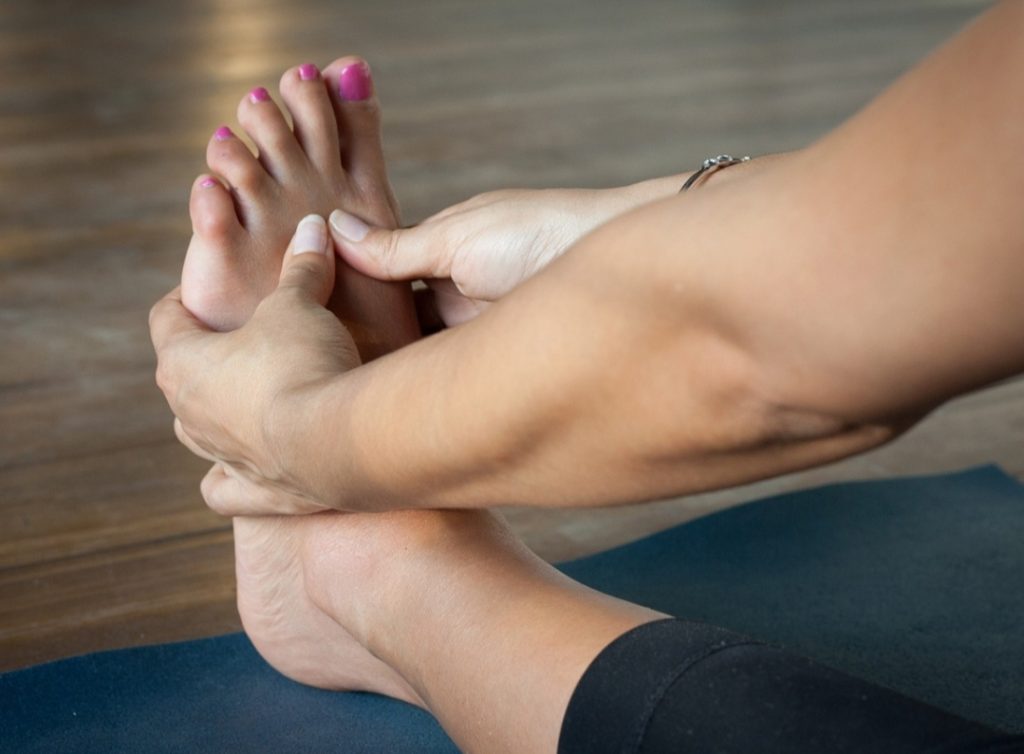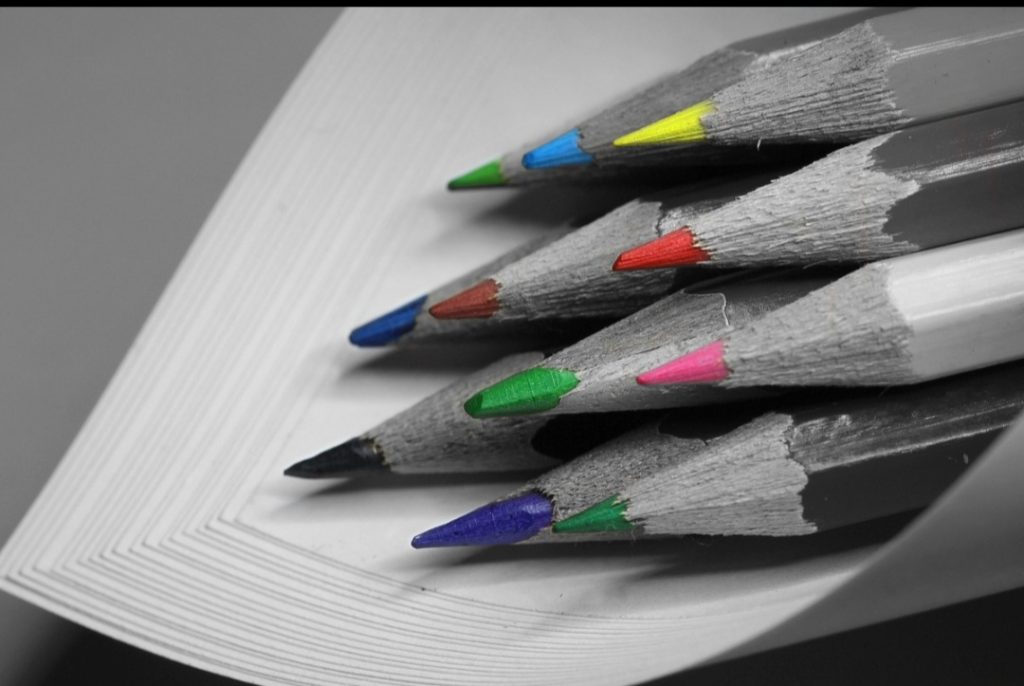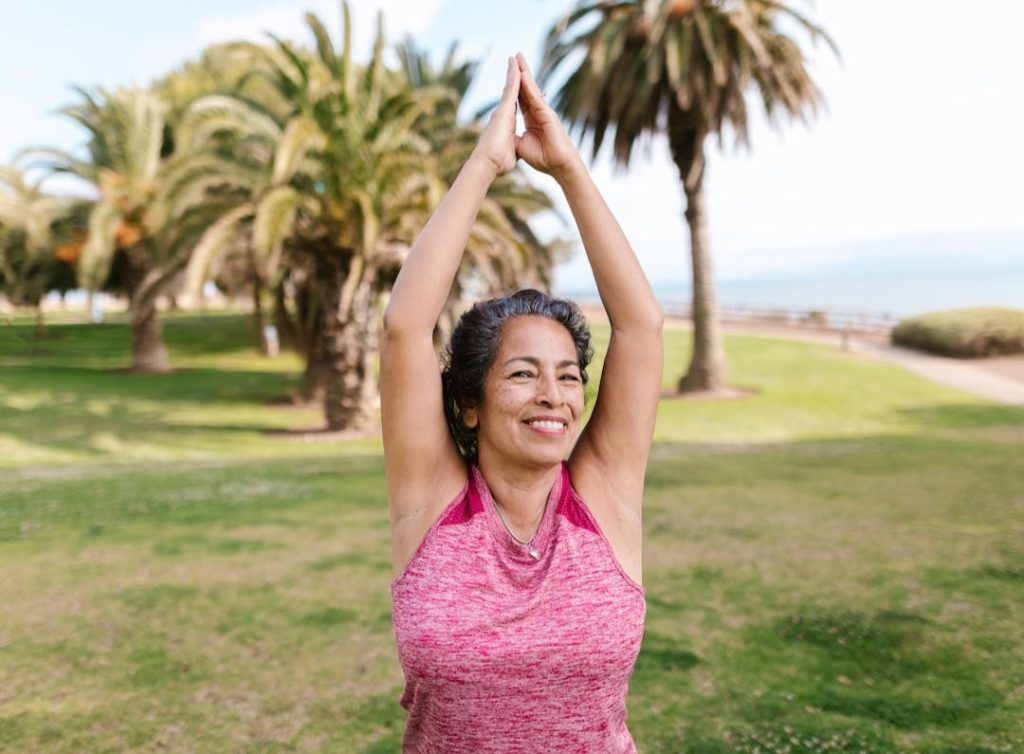National Human Trafficking Awareness Day is observed annually on January 11 in order to raise awareness of this common but hidden crime.
January marks the month of National Slavery and Human Trafficking Prevention, but this day is especially dedicated to the increased awareness of human trafficking. While it is mainly observed in the United States, human trafficking still remains a global issue all countries and communities face, regardless of race, gender, sexuality, social background and so on – even though it is important to note that these social categories can make some individuals more vulnerable.
This hideous act is in fact so common, that the United Nations estimates there are 20 to 40 million cases of human trafficking across the globe. Of course, due to the high volume of dark figures, it is impossible to know the exact number, and the real statistics are certainly much higher than we would expect.
How did National Human Trafficking Awareness Day begin to be observed?
An important date like this has a very long history, dating back to the Transatlantic Slave Trade, which only became abolished in the late 1700s and 1800s. As these discussions started to take place, a new term came into existence “white slavery.” This referred to what we would now call sexual human trafficking. In 1904, the International Agreement for the Suppression of the White Slave Traffic was passed and ratified by 12 countries. The name was soon changed to traffic in women and children by the League of Nations.
In 2000, the Trafficking Victims Protection Act became the first federal law to address this form of modern slavery. Finally, in 2007, the US Senate ratified the resolution establishing January 11 as the National Human Trafficking Awareness Day, and in 2010, Barack Obama dedicated the whole month to National Slavery and Human Trafficking Prevention.
What exactly is human trafficking?
While most of us understand the concept of human trafficking, it is important to have a more precise definition to help us identify and understand it better. The United Nations Convention adopted in 2003 has provided an international definition recognized by all states. According to them, the official definition of human trafficking is:
“Trafficking in persons [is] the recruitment, transportation, transfer, harboring or receipt of persons, by means of the threat or use of force or other forms of coercion, of abduction, of fraud, of deception, of the abuse of power or of a position of vulnerability or of the giving or receiving of payments or benefits to achieve the consent of a person having control over another person, for the purpose of exploitation. Exploitation shall include, at a minimum, the exploitation of the prostitution of others or other forms of sexual exploitation, forced labor or services, slavery or practices similar to slavery, servitude or the removal of organs.”
To sum it all up in simpler words, human trafficking is a form of modern-day slavery and involves the exploitation of a person for the purpose of profit through sex acts or forced labor. No form of consent is involved in the relationship between the trafficker and victim, as the victim carries on these acts by force, coercion and/or fraud.
Often confused with human smuggling, it is necessary to understand the difference between the two, while recognizing their overlapping relationship.
According to the Department of Homeland Security, human smuggling refers to the act of moving an individual across a state’s borders, resulting in the violation of immigration laws. This can be consensual or non-consensual.
Human trafficking often involves the movement of the victim across countries, however if there is not any form of coercion or threat for the purpose of sexual and domestic exploitation, it cannot be referred to as human trafficking, but rather human smuggling.
In other words, the presence of consent can change the definition of illegal movement of peoples across borders.
Who is at risk?
A study carried out by Arizona State University’s Office of Sex Trafficking Intervention Research discovered that 1 in 3 young adults who have been experiencing homelessness have reported being trafficked at least once in their lifetime. This shocking statistic not only portrays the high frequency of the crime but also the raises the following question: Who is more vulnerable to becoming a victim of human trafficking?
In general terms, marginalized groups of society tend to be more susceptible to becoming victims to this crime. For example, it has been found that indigenous populations and undocumented immigrants and refugees are at higher risks due to their marginalized and vulnerable state. It has also been highlighted that younger age groups and those who lack safe housing are very likely to become victims. For this reason, Freedom of Network USA, a public policy organization that is against human trafficking, emphasizes and advocates for safe housing and support services for the victims of human trafficking, which include medical treatment and counseling.
The US Department of Homeland Security has provided some indicative behaviors that could help identify a victim; however, it is important to note that these may not always be accurate. Some of these indicators include:
- Signs of abuse, such as visible bruises
- Restricted freedom of movement
- A young individual involved in commercial sex activity
- Individual always in commercial sex activity
- Appears to be coached on how to respond
- Sudden changes in behavior
While these are possible ways to identify a victim, sometimes our instincts can act as indicators, too. If you are suspecting human trafficking activity contact law enforcement services immediately!
How do I prevent human trafficking?
Equal to being able to identify human trafficking is being able to prevent it. Of course, this is not always possible, but the US Department of Homeland Security has made recommendations for children when being in online spaces. Some of these include:
- Not sharing photos online, especially ones that you would not want your family and school to see
- Having a private profile, where you only speak to friends you know
- Do not share personal information online
- Do not meet up in person with strangers met online
What is your role?
This day calls for everyone to play a role in the prevention of human trafficking, as you can start making your impact today!
Why not start by donating to charities and organisations that aim to battle this crime and help support its survivors? Some well-known charities, such as Love146, Coalition to Abolish Slavery and Trafficking, Polaris, Coalition Against Trafficking in Women, and Agape International Missions are some great options to research.
Alternatively, volunteering is another important way of making a difference in the world. If you are wondering what the benefits of volunteering are, here is a detailed blog on why and how you can begin your volunteering journey!
For those who are unable to donate or volunteer, there are other ways of spreading awareness. Share on your social media and educate yourself and others on these topics by reading books and articles or watching relevant documentaries.
Your help is important so start making your difference now!
We invite you to join our free Community where women from around the world are connecting with each other’s stories, exploring different experiences, and transforming ideas.
The Future of Connection for Women
- Promoting Healthier Eating and Sustainable Foods This National Nutrition Month - March 30, 2023
- Holiday Gift Ideas for That Special Someone in Your Life - December 20, 2022
- Know Your EQ? A Guide to Understanding Emotional Intelligence - December 6, 2022
Follow us:







